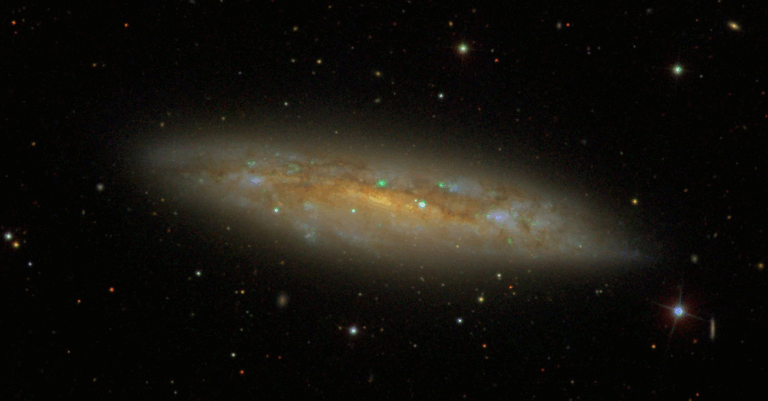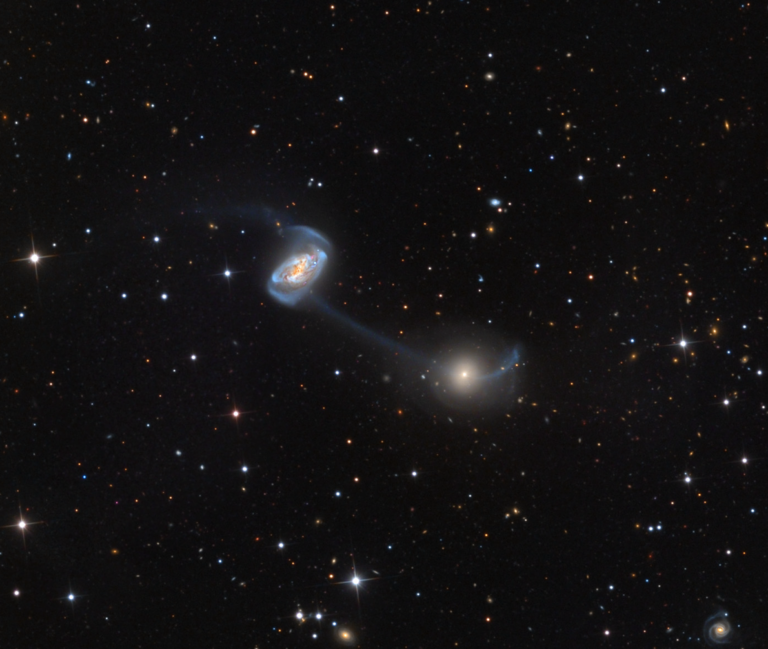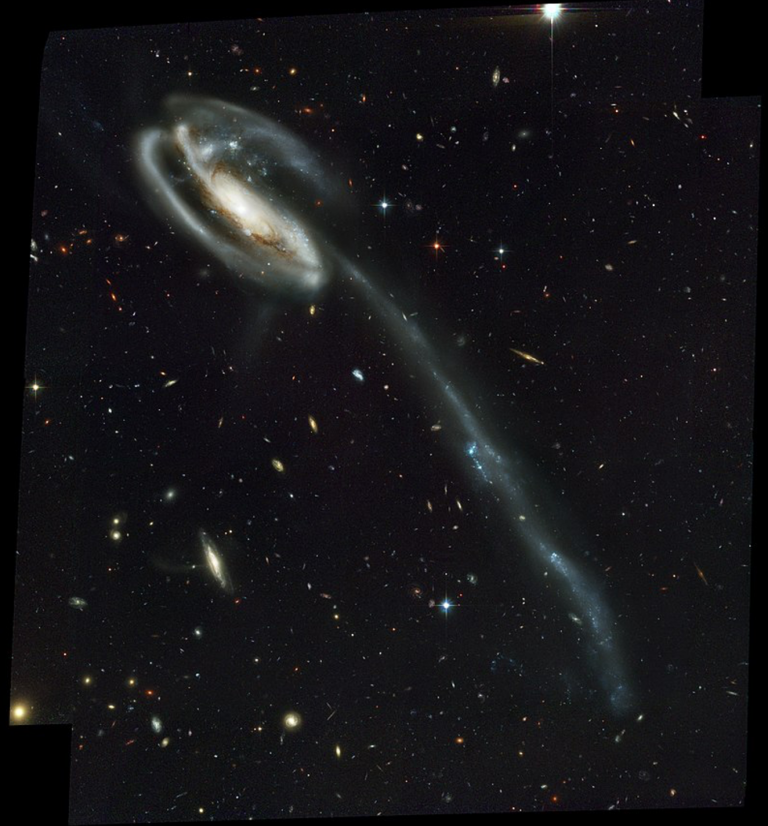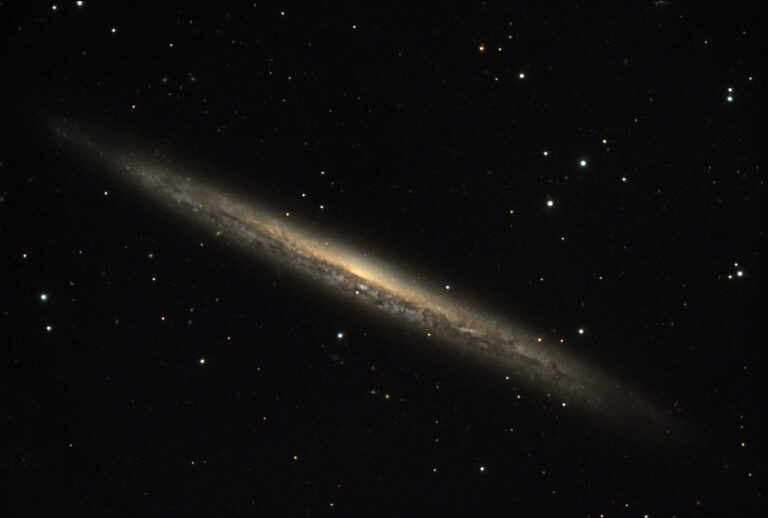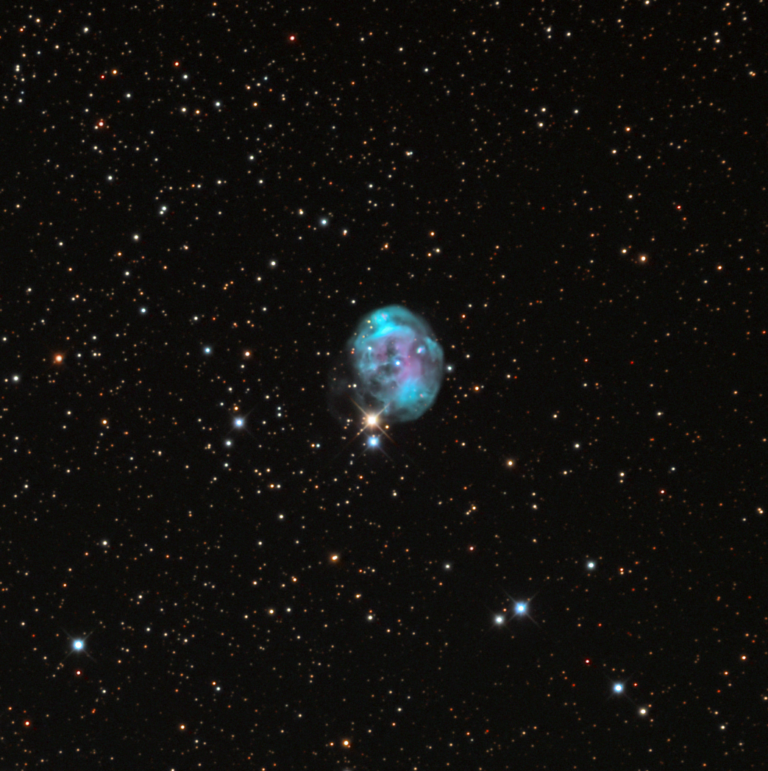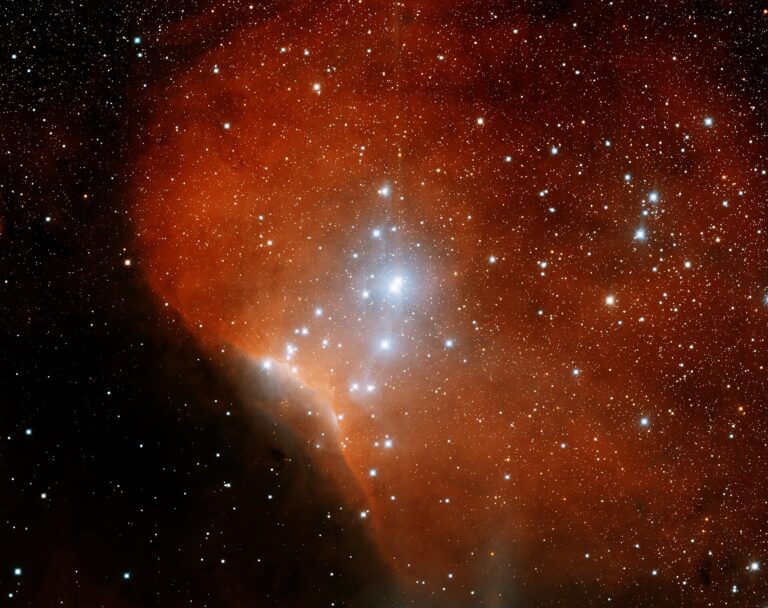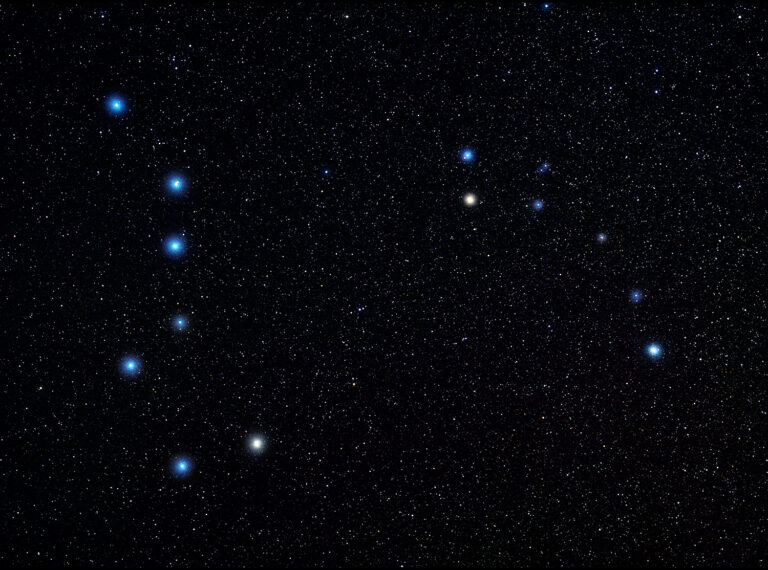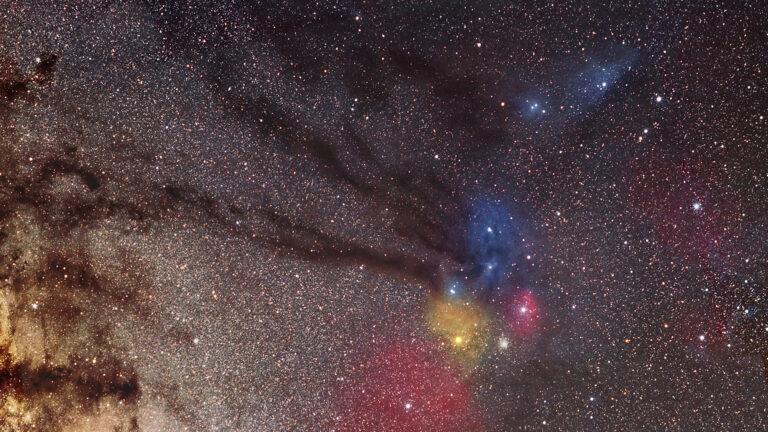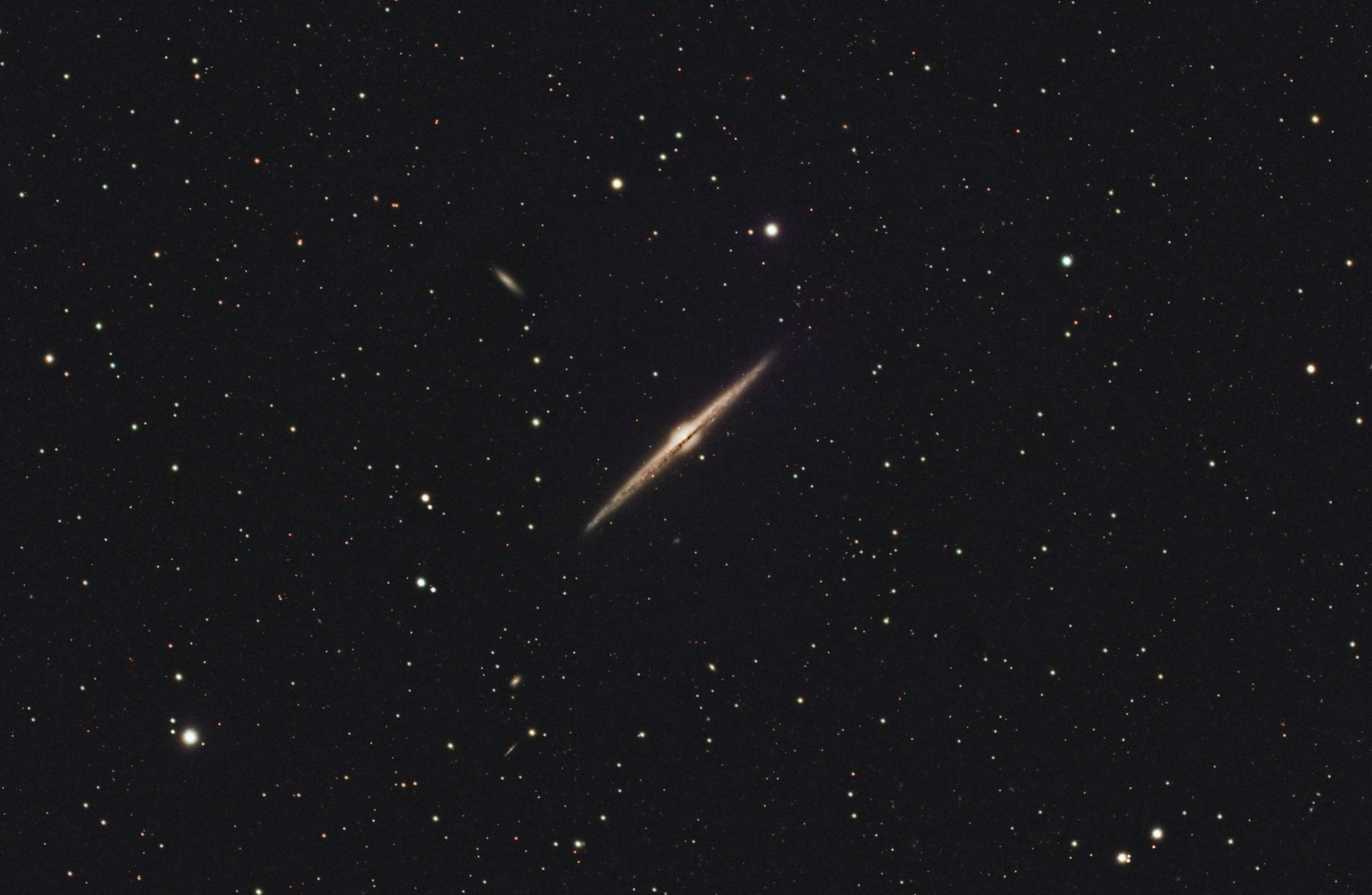
In 1781, French astronomer Charles Messier published a catalog of 103 objects in the heavens. He was primarily interested in comets, but kept finding fuzzy smudges that did not move against the background stars — so he published a list of objects to avoid while comet hunting. The list includes diffuse nebulae, planetary nebulae, open clusters, globular clusters, and galaxies visible from Europe. With some additions by other astronomers, gleaned from Messier’s notebook margins, the list now has 109 objects (or 110, depending on who’s counting). It’s a familiar companion for observers, especially at this time of year, when amateurs across the Northern Hemisphere gear up for a Messier marathon: an attempt to observe every Messier object over the course of one night. (This year’s best date will be the weekend of March 9 and 10, near New Moon.)
But as I peruse the sky both in the eyepiece and with my camera, I’ve found many objects that I’m surprised did not end up in the Messier catalog. Here are a few that are worth a visit!
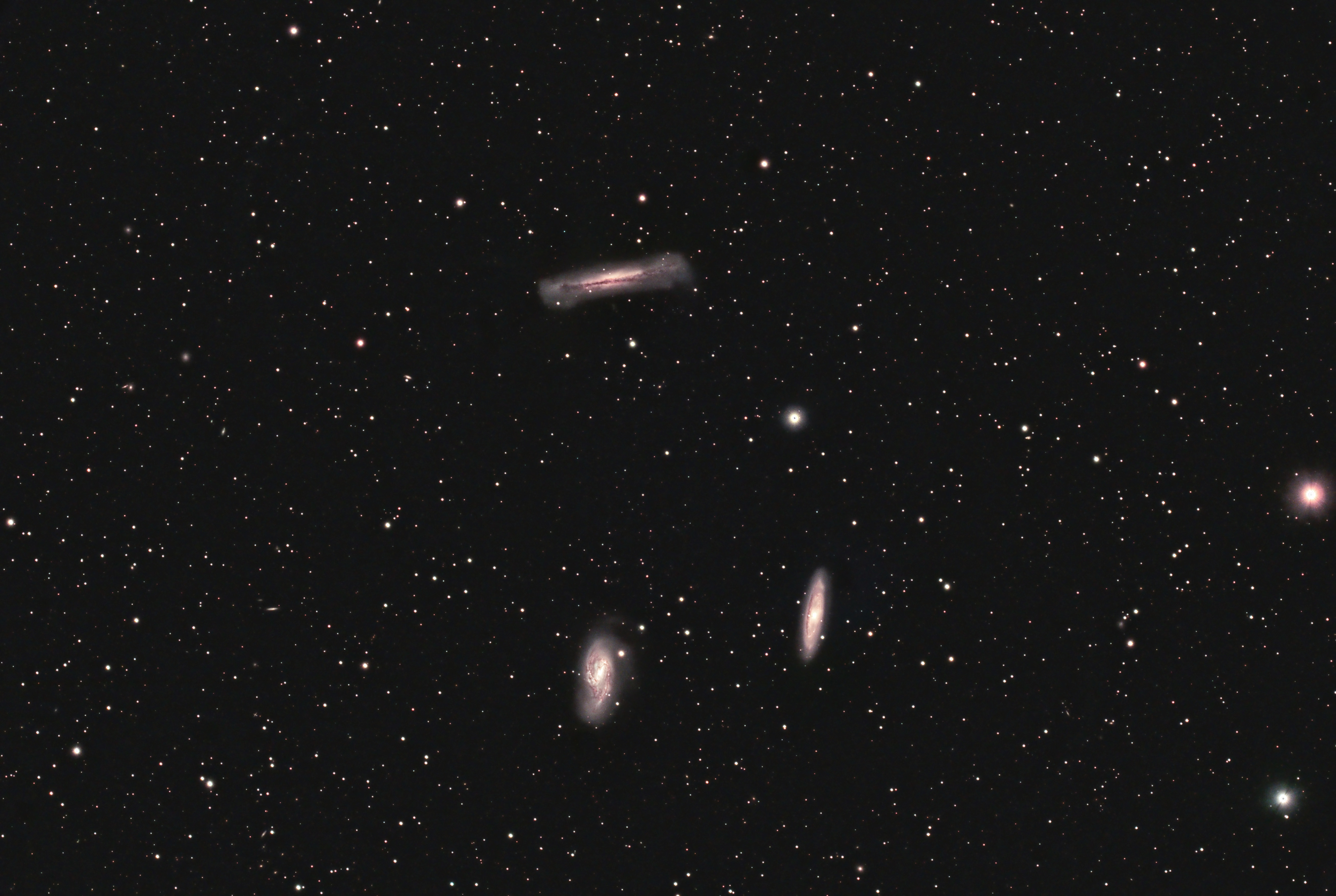
The Leo Triplet is a popular wintertime target — three bright galaxies forming a nice eyepiece-sized triangle (or a short hop from one to the next at higher magnifications). Two of the trio earned Mssr. Messier’s notice: M65 and M66. But the third, which goes by NGC 3628, somehow did not. It’s only slightly dimmer than M65 and its apparent size is a little larger than the other two. Perhaps because it is more edge-on to us it was more difficult to see in an 18th-century 4-inch refractor. Nevertheless, it is worth a brief stopover during your Messier marathon.
The Needle Galaxy is especially puzzling to me. Cataloged as NGC 4565, it’s easy to spot, being relatively bright and of a moderate size. At 16.8′ long and magnitude 9.6, it’s not so large as to be diffuse and faint, but not so small that it requires a long-focal-length instrument. At declination 26°, it would certainly have reached a reasonable altitude in downtown Paris, where Messier did most of his observing (small amounts of precession notwithstanding). Perhaps it was simply lost in the sea of galaxies that grace the constellation Coma Berenices, or in the fog of coal smoke suffusing the city air. I’m not sure how many of those galaxies Messier could have seen, but surely this one would have stood out. Fortunately, Sir William Herschel noticed it just a few years after Messier’s catalog was published. Of course, Herschel had the distinct advantage of superior and far larger reflector telescopes, with which he discovered thousands of binary and multiple-star systems, galaxies, nebulae, and the planet Uranus.
The Double Cluster (NGC 869 and NGC 884) might seem an odd one to imagine Messier might have considered listing — who would mistake such a large and bright collection of stars for a comet? But Messier included several other objects that are easy to distinguish — M7 (Ptolemy’s Cluster), M44 (the Beehive Cluster), and that double star M40, to name a few. One might argue that because the Double Cluster was known from ancient times, any astronomer would know it was not a comet. But the Pleiades was known even earlier and makes No. 45 on his list. The Double Cluster is relatively large on the sky, spanning about 60′ or two Full Moons. Its hundreds of bright stars make it a joy to observe with everything from binoculars to Dobsonians to Schmidt-Cassegrains. Under darker skies, you will likely stumble upon it with the naked eye.
There are hundreds of galaxies, nebulae, and star clusters in the sky that are brighter, larger, or generally easier to see than some objects in the Messier catalog. So why did Messier only include 103? Perhaps he thought it was more obvious that those other dim, fuzzy smudges weren’t comets. Or perhaps he just picked his favorites!
If you are new to observing, don’t be afraid to step off the Messier list — there is so much more that is just as easy to see. And for those attempting the Messier marathon this year, consider swinging by a few of these beautiful non-Messier objects along the way.

